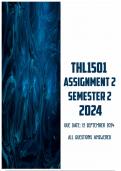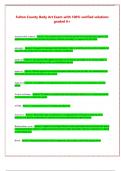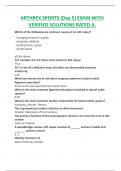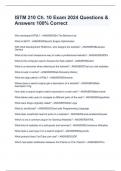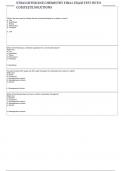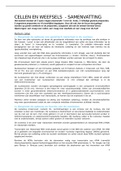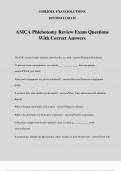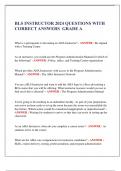Tentamen (uitwerkingen)
THL1501 Assignment 2 Semester 2 2024 | Due 12 September 2024
- Vak
- Instelling
- Boek
THL1501 Assignment 2 Semester 2 2024 | Due 12 September 2024. All questions answered. Question 1: In her book, Basic Issues in Aesthetics (1998), cited in the Study Guide, Marcia Eaton discusses the difficulties with defining the terms “beauty” and “aesthetics.” Referring to this excerp...
[Meer zien]
